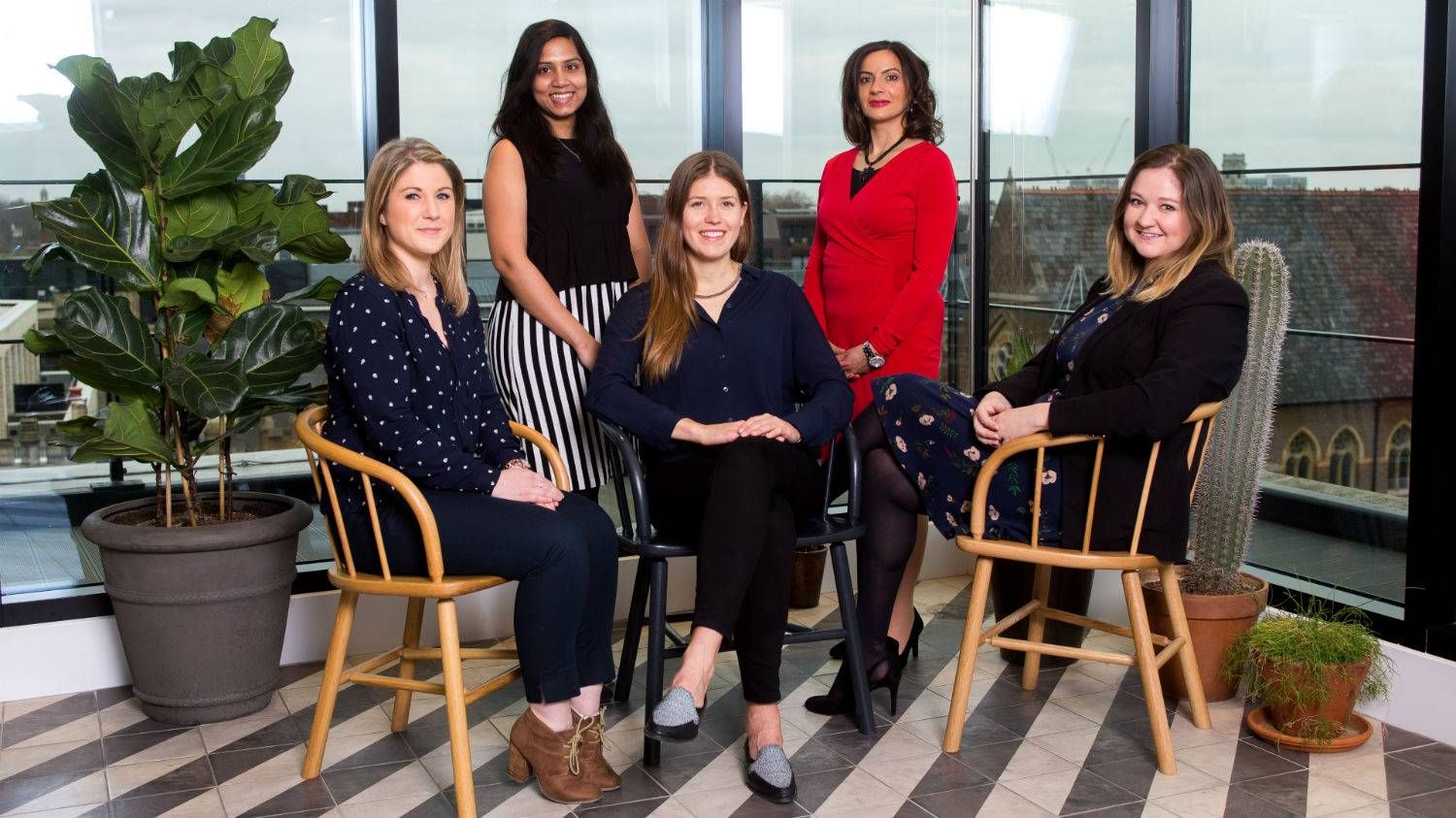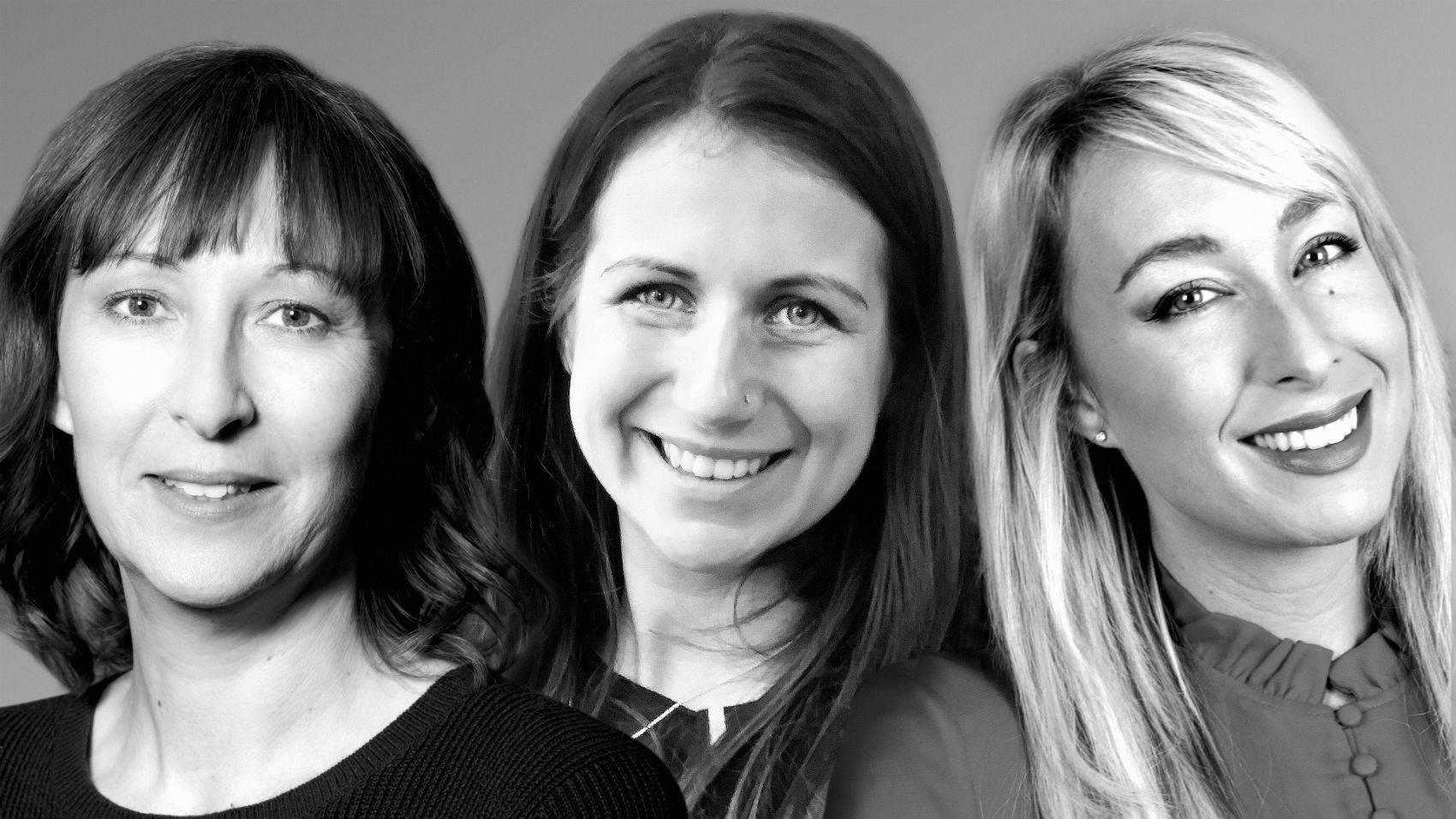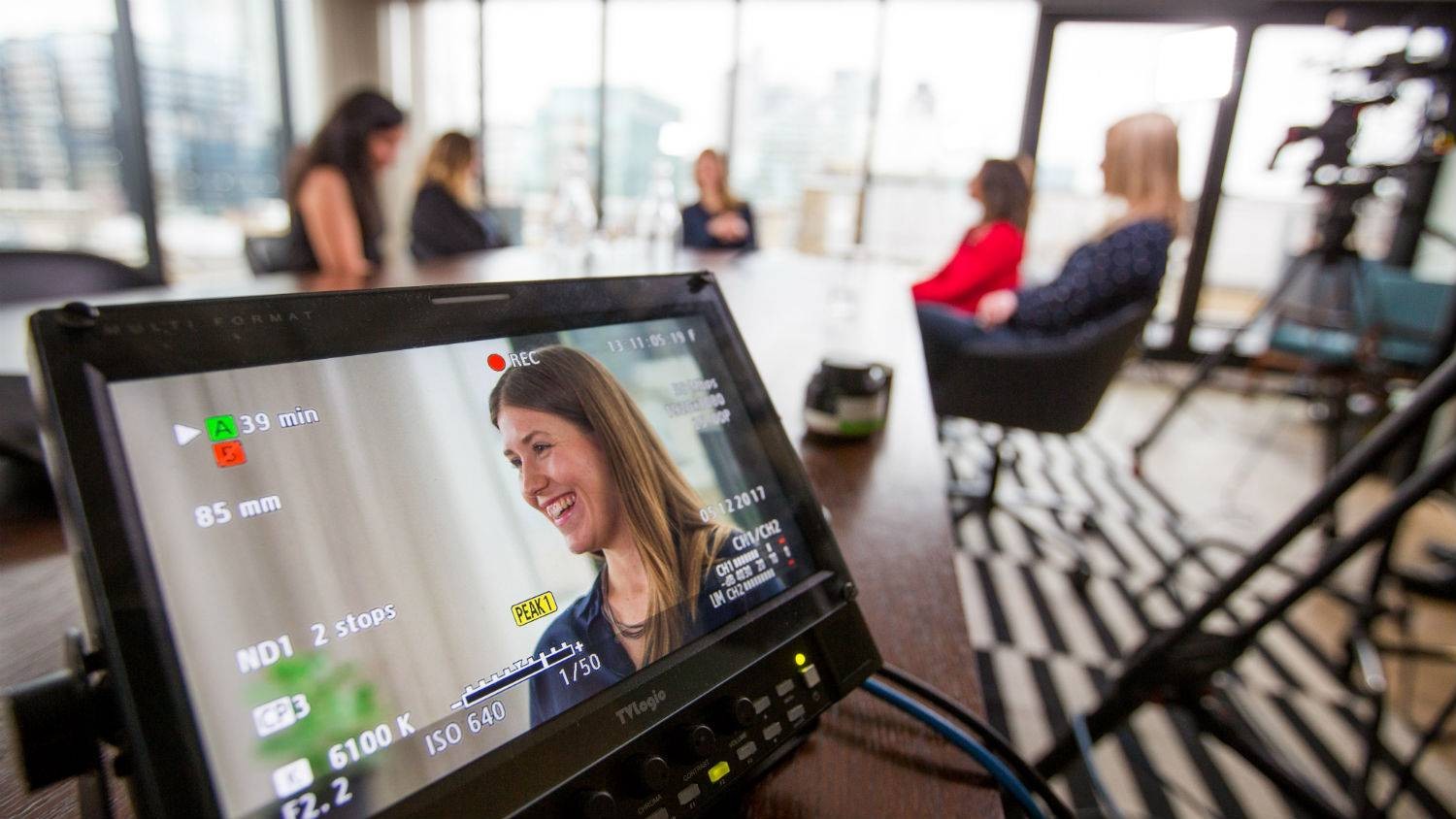
Barclays’ “Super 8”: the future of tech
The tech industry is booming, with innovations such as artificial intelligence, virtual reality, cloud computing and big data disrupting everything from financial services and manufacturing to the way we communicate with each other.
However, WeAreTheCity, which helps companies attract, retain and develop female talent, is highlighting the need for more people – especially women – to harness opportunities within the sector. Next week sees the announcement of the winners of the first TechWomen50 awards, designed to celebrate those women who are leading the way.
Sonal Shah, VP PMO Manager, says the awards – in which she is nominated along with seven other Barclays employees – are a way to shine a light on the sector. “With a minimal number of women currently in the industry, it’s an opportunity to show the range of experience we bring and how broadening diversity in our profession will benefit the industry in every way,” she says.
We caught up with Shah and her fellow nominees for their thoughts on all things tech.
Successful start-ups recognise and focus on a clear opportunity or area for radical improvement, developing technology that centres on human need and behaviour.
What are you most excited by in the tech industry at the moment?
As might be expected, artificial intelligence (AI) comes high on the list. Snehal Malhotra, AVP in Identification and Access Management, cites its “impact on products we interact with every day”, while Magdalena Krön, Head of Rise London and VP Open Innovation, adds: “AI will have a huge impact on how we work in the future as it enables automation of tasks, with human behaviour taken into account. That our tech is getting smarter and smarter has always been a sci-fi concept, but we are very much living that reality right now.”
Charlotte Haines, Digital Security Programme Manager, says the use of biometrics, from fingerprint authentication for payments to iris and face scanning on smartphones, is key.
“Thanks to these advances, security has gone from being seen as an inconvenience with lengthy passwords and additional process steps to being a unique selling point,” she says.
Carol Morris, Cloud Business Engagement Lead, points to cloud computing and the volume of technology it offers to small businesses who couldn’t otherwise afford it as the most exciting innovation, while for Gemma Trebble, UX Design Principal, it’s the ideas being generated by entrepreneurs.
“There are many examples of small start-ups disrupting the market and nipping at the heels of large organisations,” she says. “Successful start-ups recognise and focus on a clear opportunity or area for radical improvement, developing technology that centres on human need and behaviour.”
“I’m excited about agile because it focuses on delivering value to our customers faster, greater amounts of feedback and happy teams,” says Kamila Piorowska, Agile Coach. “Agile is a mind-set rather than methodology and teams working this way see great tangible benefits.”
Krön speaks passionately about “tech as an enabler for action”. “Tech empowers people to go and change or improve something to be better,” she says. “This change doesn’t need a large team – it can start from one individual with an idea.”
What is the biggest change you’ve seen in tech during your career?
Piorowska says it’s the speed of change itself that’s the most noticeable development. “We are no longer in the age when it takes months or years to deliver changes to our customers,” she says. “Some software applications release a few times a day and change is done in a matter of hours rather than years.
“Sometimes I feel technical changes are easier to implement than changing our own minds – I still see many people resisting change and pretending it’s okay to follow the cosy, well-documented processes we’ve been using for centuries, rather than collaborating.”
Trebble, meanwhile, cites “technology that fits around people’s lives, removing moments of everyday friction – as opposed to technology that serves a purpose but gets in the way”, while Jodie Gilbert, Head of Cyber Strategy, name-checks one example – the iPhone – for “changing the way we communicate and forcing us to get online”.
Krön agrees that the pace of adoption – largely driven by consumers – is the biggest change. “Our phones today are expected to be the camera, computer, mobile phone, all in one. Technology products are being designed to fit human behaviour.”


Haines, whose job involves cyber security, says the greatest change is the increasing sophistication of fraudsters. “They no longer target people using dodgy-looking emails – they work as organised groups, very similar to how large organisations function. As a result they are more organised and highly sophisticated in their attacks. It’s a huge challenge to protect customers.”
Shah welcomes the way that technology has opened up more flexible and virtual ways of working, adding: “Having worked across different industries, I still find it amusing how adapting to this change seems harder for some managers than others! We need staff that are adaptable and willing to learn to meet the complex challenges we face.”
Our phones today are expected to be the camera, computer, mobile phone, all in one. Technology products are being designed to fit human behaviour.
Malhotra is fascinated to see how technology has affected almost every sector. “Researchers have been able to transplant 3D-printed organs into humans and advances in social media have fundamentally changed how people communicate, receive their news and make their opinions known.”
What’s the biggest technological change we are likely to see in the next five years?
Haines believes that digital currencies will become embedded into everyday life, with “digital wallets” taking over from actual ones, while Gilbert predicts that the Internet of Things (IoT) will change our lives. “I find it so fascinating that there will potentially be 25 billion connected devices in use by 2020,” she says. “We will soon be able to control everything in the household, from running a bath to watering the plants, and even monitoring an elderly person’s health or checking on a baby.”
Not all developments, of course, will be so positive. “We already experienced the ransomware attack this year, and such attacks seem to grow,” says Malhotra. Piorowska also sounds a note of caution, warning that traditional companies must become nimble to survive: “Kodak missed the rise of digital technologies. Not too many of us know that Kodak invented digital cameras in 1975, but by the time they properly embraced digital technology it was too late. I can see many ‘Kodaks’ in today’s tech landscape.”
Malhotra and Trebble believe AI and automation will continue to grow in importance, with intelligent automation responding to our evolving needs. “There will be more self-driven vehicles,” says Malhotra. “Automation will become more important in food and healthcare. Artificial intelligence and deep learning will enhance decision-making, reinvent our business models and the way we operate. Eventually all repetitive, decision-making tasks will be automated.”
Shah expands, adding: “The challenge will be about how we collaborate with broader, more diverse teams and use technology to create that bridge between human and machine intelligence. There will always be a need for human interaction to ensure things are designed, built and implemented properly, while taking people along with us.”